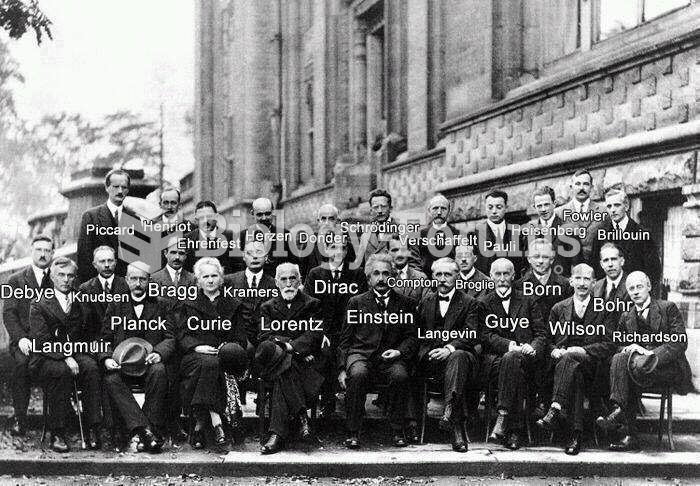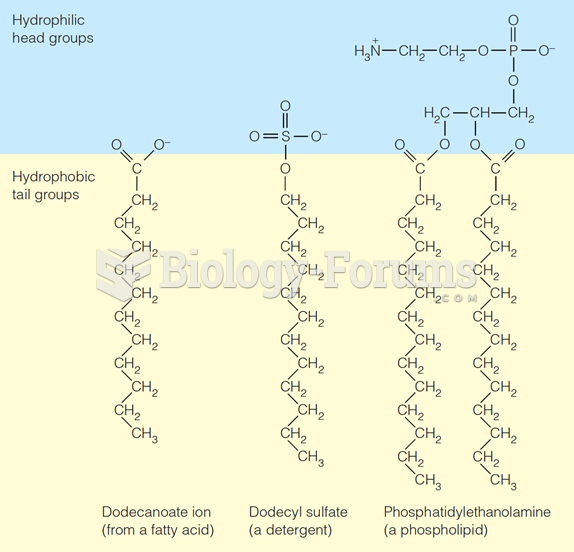Answer to Question 1
Correct Answer: 1,3,4,5
Rationale 1: Depression is a mental health disorder that can affect appetite and digestion.
Rationale 2: Schizophrenia is not considered a mental health disorder that specifically affects appetite and digestion.
Rationale 3: Bipolar disorder is a mental health disorder that can affect appetite and digestion.
Rationale 4: Anxiety is a mental health disorder that can affect appetite and digestion.
Rationale 5: Any stress disorder, including PTSD, can affect appetite and digestion.
Global Rationale: Mental health conditions such as depression, anxiety, excessive stress, or bipolar disorder can affect the appetite and digestive processes. Schizophrenia is not listed as a mental health disorder that specifically affects appetite and digestion.
Answer to Question 2
Correct Answer: 3
Rationale 1: The parasympathetic nervous system is a component of the autonomic nervous system and is not exclusive to the gastrointestinal system.
Rationale 2: The sympathetic nervous system is responsible for the fight-or-flight reaction.
Rationale 3: The enteric nervous system consists of a vast network of neurons in the submucosa of the alimentary canal that has sensory and motor functions.
Rationale 4: The central nervous system does not generate the local reflexes that regulate the gastrointestinal system.
Global Rationale: The GI tract is regulated by local reflexes called the enteric nervous system (ENS). This system consists of a vast network of neurons in the submucosa of the alimentary canal that has sensory and motor functions. Chemoreceptors and stretch receptors sense the presence and amount of food in the GI tract and respond accordingly by changing motility without sending signals to the ANS. The parasympathetic nervous system is a component of the autonomic nervous system and is not exclusive to the gastrointestinal system. The sympathetic nervous system is responsible for the fight-or-flight reaction. The central nervous system does not generate the local reflexes that regulate the gastrointestinal system.







